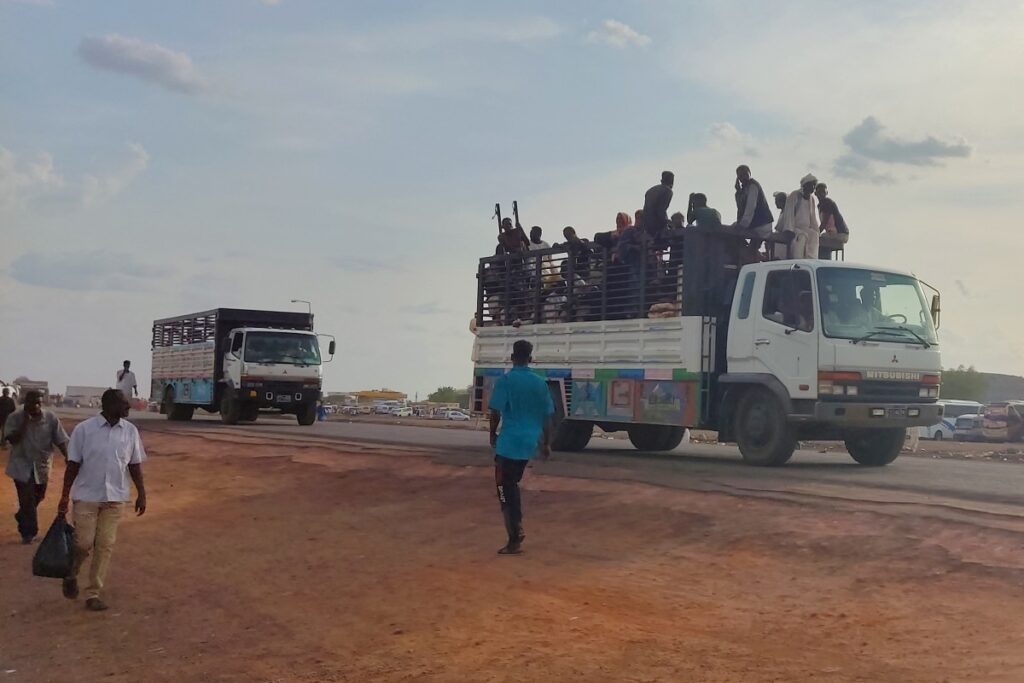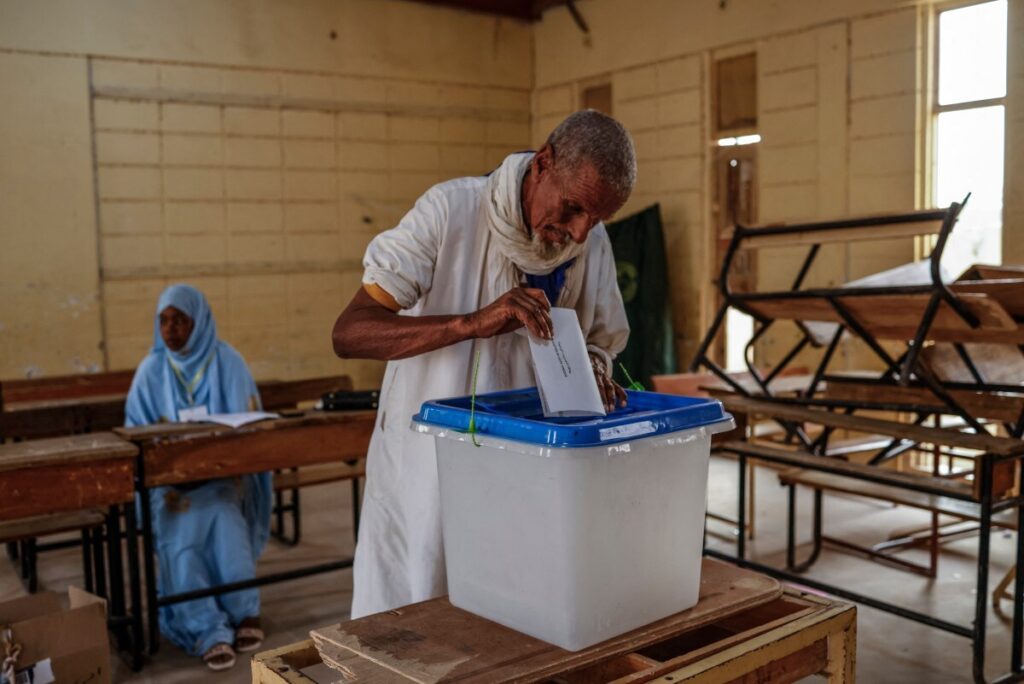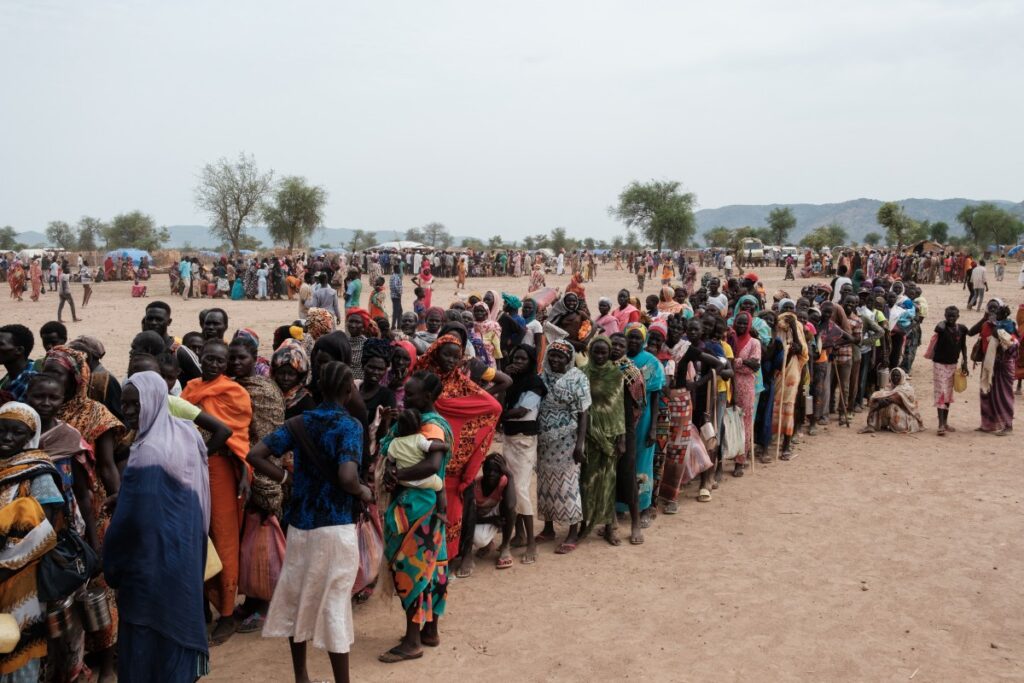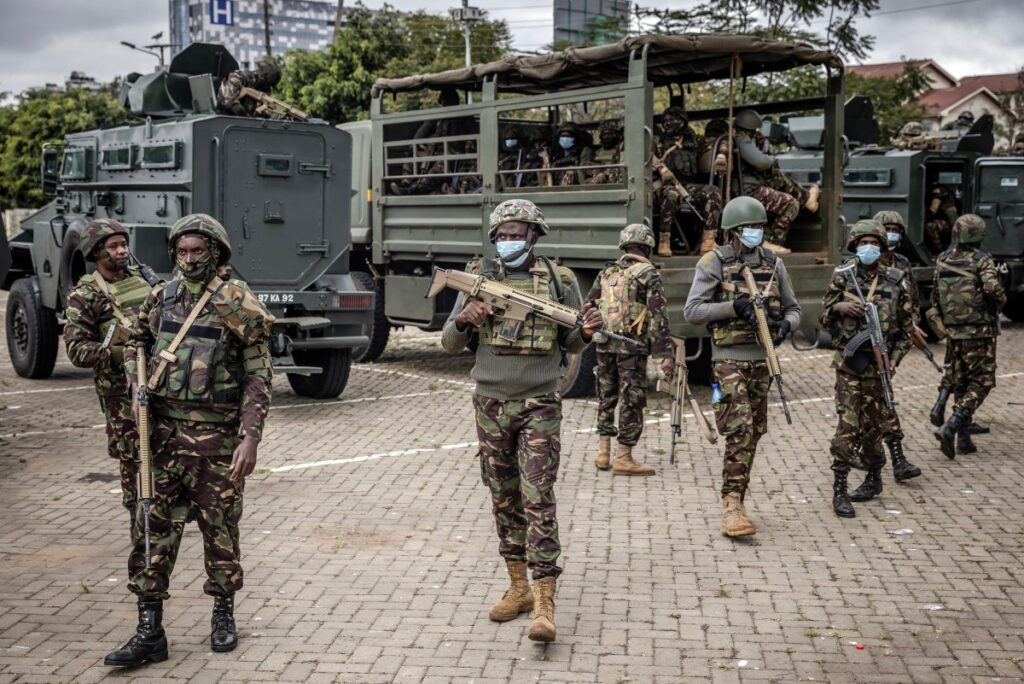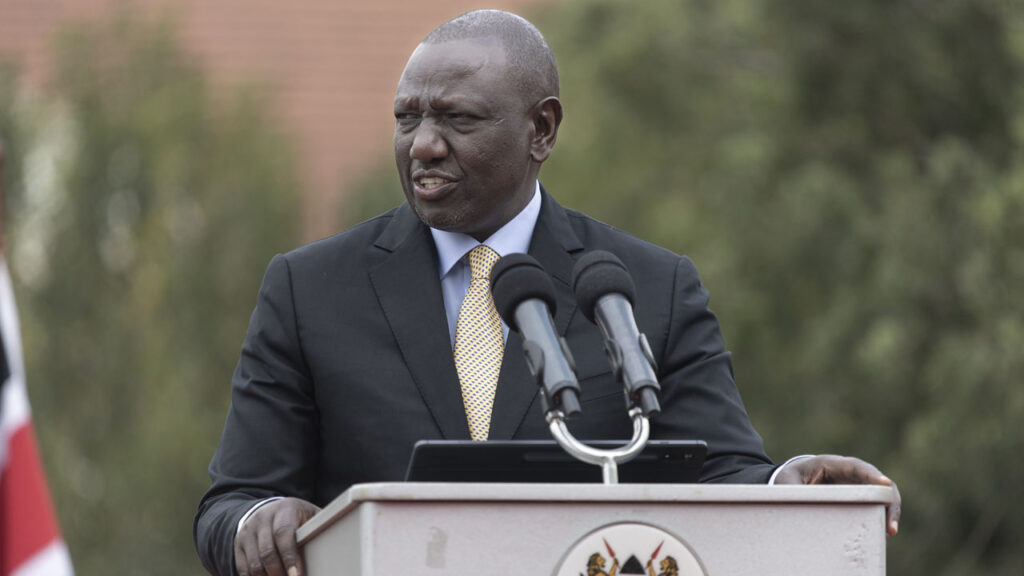
In Kenya’s rural northeast, roadside bombs and beheadings that killed two dozen people last month appear to be part of a troubling escalation of violence by Al-Qaeda-linked Islamists, analysts say.
A regional economic powerhouse and a popular tourist draw, Kenya has not suffered a high-profile jihadist attack since 2019, when 21 people lost their lives at a hotel and surrounding offices in Nairobi.
The recent attacks have been small-scale and focused on minor targets, but have raised fears that Al-Shabaab jihadists, who have been blamed for the assaults, are turning their attention to Kenya as they suffer losses in their native Somalia.
Estimated to have between 7,000 and 12,000 fighters, Al-Shabaab has in recent months faced a multi-pronged counterterrorism offensive by the Somali National Army and US-trained “lightning” commandos supported by clan militias known as “macawisley”.
The militants, who have waged war against the fragile government in Mogadishu for over 15 years, have recently carried out several attacks along Kenya’s long and porous frontier with Somalia.
Twenty-four people, including 15 security officers, were killed in six separate attacks last month alone.
In one of the most grisly assaults claimed by the group, about 30 militants descended on two sparsely-populated villages in Kenya’s coastal Lamu county on June 24 and killed five civilians, beheading some of them.
One resident, Hassan Abdul, said that “women were locked in the houses and the men ordered out, where they were tied with ropes and butchered”.
The remote forested mainland is not normally a stopover for tourists visiting the nearby popular Indian Ocean island of Lamu, but the gruesome killings are a signal to Kenya, analysts say.

